‘Edvard Munch, I cannot abide,’ wrote Nikolai Astrup in a letter to his friend Arne Giverholt. ‘Everything that he does is supposed to be so brilliant that it doesn’t have to be more than merely sketched.’
Near contemporaries, Munch and Astrup were both innovative and admired painters but while Munch is today one of the few household-name artists, thanks to one misunderstood and overrated painting, Astrup has been neglected by everyone outside Norway. Happily, this is a travesty soon to be rectified by Dulwich Picture Gallery, which next month stages the first major exhibition of Astrup’s work to be held in Britain.
Unlike many other Norwegian painters, Munch included, Astrup did not abandon his native land to make a career further south. A pastor’s son from Ålhus in the Jølster district of western Norway, Astrup left his region only briefly to study and travel. He saw Oslo (then known as Kristiania), Paris and London but found all the motifs that would define his work in Jølster. The paintings and woodcuts he produced there form one of the most comprehensive portraits of any landscape ever made. They are also among the strangest.
Astrup’s work was about more than the mere shape of hills, arrangement of farm buildings or play of light on the surface of the lake. These things he painted with a singular intensity of colour and an absolute mastery of the limpid northern light, but he also succeeded in representing the complex and ancient human relationship with the land. The layers of folklore and paganism that seeped through the cracks in the nominally Christian community preached to by his father were never far away in Astrup’s world.
Astrup senior was fiercely opposed to his son’s artistic ambitions and when the boy went to study art in Kristiania in 1899, at the age of 19, it was without parental support. Impoverished and sometimes sustaining himself on nothing more than a pocketful of raw oats, his lifestyle recalls Knut Hamsun’s novel Hunger, which had been published a few years earlier. Unlike Hamsun’s protagonist, however, Astrup’s talents were recognised and after a period of study he was awarded a travel stipend that allowed him to make a brief tour of Europe. He studied further in Paris and admired the work of Gauguin, Hokusai and Henri Rousseau before returning to Jølster and his father’s damp, oppressive parsonage. He remained there until after he married and rarely left the region again.
The marriage was not without controversy. Astrup’s bride, Engel, was just 15 and this caused some scandal. According to a letter he wrote to his friend Henrik Lund, the union may also have caused him to lose a valuable grant. ‘It is true that I married a rather young girl but I do not think that it is immoral to a degree that I should be deprived of my stipend for that reason.’
Astrup’s family seldom feature in his work but the local people of Jølster are a recurring motif. His paintings of the country folk at work in the fields, holding a funeral or dancing at the Midsummer bonfire are closer in spirit to Bruegel than to Astrup’s romantic or realist contemporaries. Astrup’s people are part of the landscape and unaware of his glance. While another artist might add melodrama to the funeral or unleash a bosom before the bonfire, Astrup hides far away and studies with an awed detachment. He is obsessed by the community but never quite part of it.
The Midsummer bonfire paintings are his most recognised works. He painted many versions of the same theme but the one titled ‘The Main Midsummer Eve Bonfire’ is probably his masterpiece. It depicts the celebrations with a febrile intensity, a sense of wonder cut through with a kind of fear. Astrup’s vision is not a joyful one. A river cascades down the mountainside, leading the eye to a violent fire. The billowing smoke then carries the viewer around the valley to other, distant fires. Around the main fire, couples dance while a dark man drags juniper branches towards the flames. Beyond the fire, other people raise their arms aloft, casting dark, goblin shadows on the rock behind. A pregnant woman stands guard in the foreground.
As a Christian child, Astrup was forbidden to participate in these rituals. Instead, he had to watch, simultaneously seduced and scared by what he saw. He recalled how the ritual ‘tempted me and drew me in, precisely because it was steeped in mystery, wickedness and raw paganism’. This conflict is evident in the work. Astrup is an observer, not a participant, and what might in another artist’s hands be a glib, gleeful scene becomes something profound and unnerving; the prelapsarian seen through the pastor.
Much of Astrup’s work is like this. His luminous landscapes appear to be simple, rather beautiful studies of fjell and field but they are shot through with an uneasy strangeness, like a more lucid Norsk Paul Nash. His notebooks make fascinating reading with descriptions of motifs broken down into hyper-real colour contrasts and specific hues: ‘It had been raining on the smokehouse wall so it was covered with long wet flecks, mostly in blue-violet and warm green, both olive green and light cinnabar green. A pile of wet twigs in the foreground.’
The books also contain descriptions of funerals, many references to the sickly or ‘poisonous’ colours he sees in water, marsh or rising from the evil spirit of a herd of swine and, of course, there are musings on trolls. These mythic beings have a mighty hold on the Norwegian psyche and to this day you will see hand-carved troll totems in gardens across the land. Astrup pruned his trees to resemble trolls and made paintings of these tortured creations. It is a curious motif, at once atavistic and twee, the heightened imagination of the child carried into adulthood.
A childlike vision is something Astrup strove for. He rejected technical theories of painting, refusing to obey rules regarding optical perspective and the usual techniques to convey distance. He regarded colour theory as a menace, something that removes painting from what ordinary people actually see. This means that his work has a remarkable natural clarity of light throughout and is drenched in the wet hues of western Norway. His child’s-eye view also lends itself to an unusual appreciation of foreground topography, so a field of buttercups rises and dips like a small mountain range. All this makes his work simultaneously odd and truthful.
Astrup’s tutor, the painter Christian Krohg, regarded him as ‘the one who will most successfully elevate the position of Norwegian art’. A century on, this prophecy may finally come true.
Got something to add? Join the discussion and comment below.
Get 10 issues for just $10
Subscribe to The Spectator Australia today for the next 10 magazine issues, plus full online access, for just $10.
Nikolai Astrup: Painting Norway is at Dulwich Picture Gallery from 5 February to 15 May.
You might disagree with half of it, but you’ll enjoy reading all of it. Try your first month for free, then just $2 a week for the remainder of your first year.

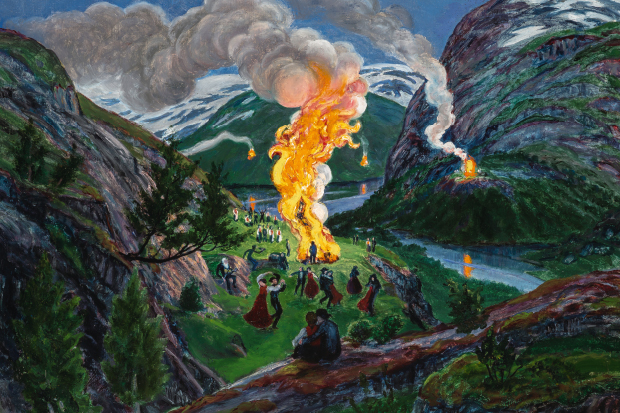
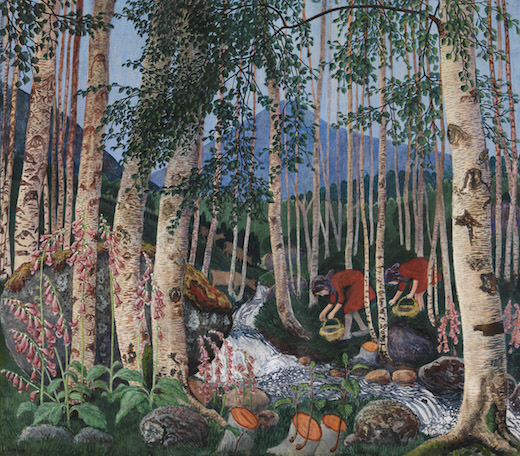
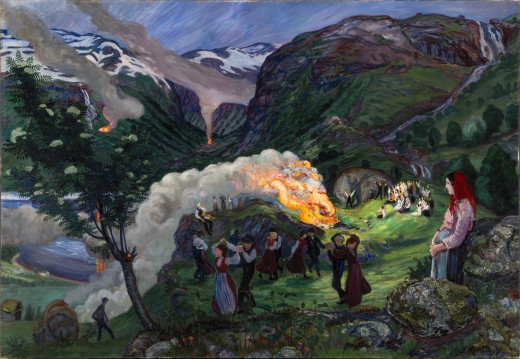

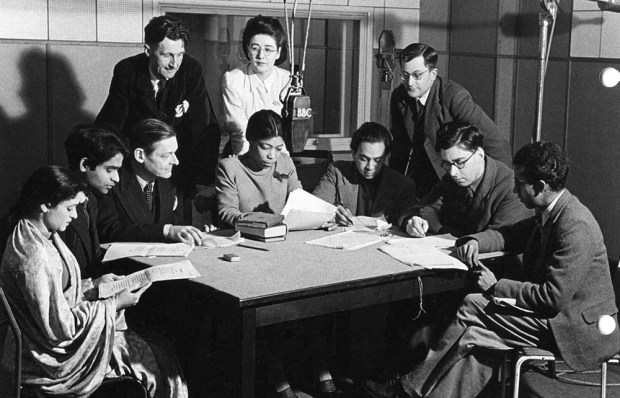


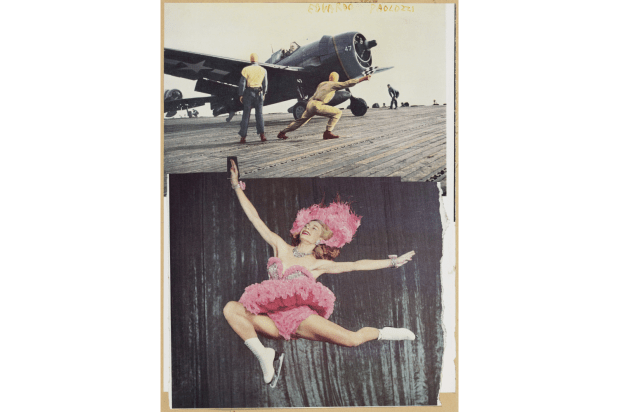
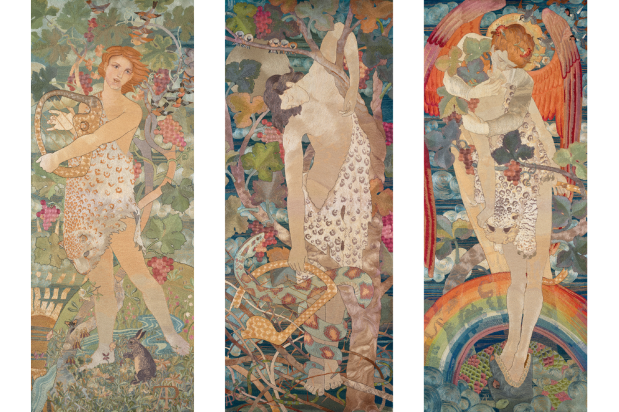






Comments
Don't miss out
Join the conversation with other Spectator Australia readers. Subscribe to leave a comment.
SUBSCRIBEAlready a subscriber? Log in